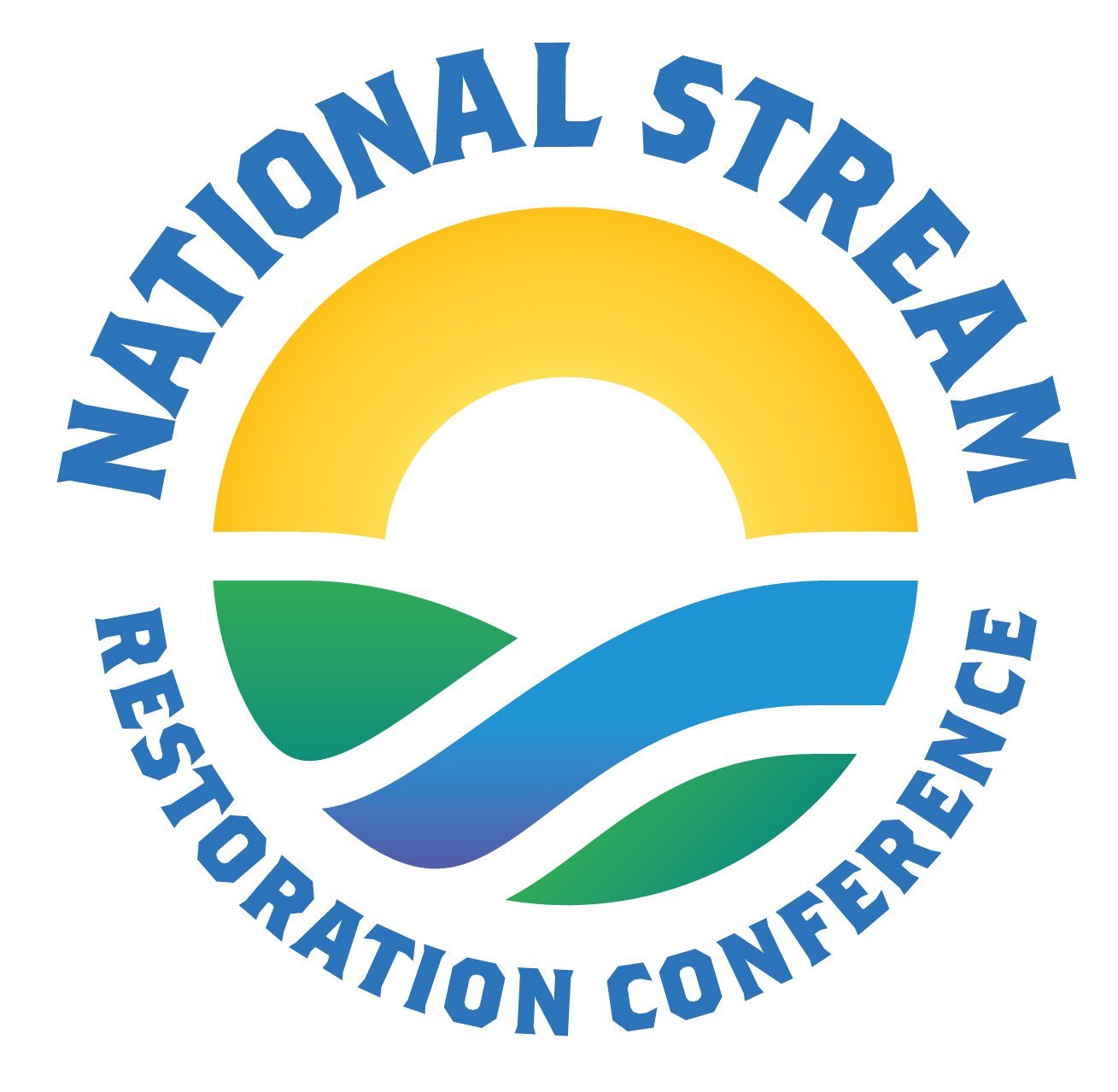Catchment Conundrum: Pros and Cons of Rain-on-Grid Modeling the Nashawannuck Brook Restoration in Northampton, MA
Rosalie Starvish, MS, PE, CFM, CPMSM
GZA GeoEnvironmental Inc.
Springfield, MA
Rex S. Gamble, EIT
GZA GeoEnvironmental Inc.
Norwood, MA
Authors: Starvish, Rosalie, MS, PE, CFM, CPMSM, Gamble, Rex S., EIT
The City of Northampton in Massachusetts purchased the former Pine Grove Golf Course with the intention to improve climate resiliency by restoring the Nashawannuck Brook’s natural hydrology through a combination of targeted reforestation, soil aeration, and removal of anthropogenic drainage features. GZA performed holistic conceptual level (~25%) restoration design of 0.7 miles of Nashawannuck Brook, which included geomorphic assessment, ecological conditions assessment, and hydrologic and hydraulic modeling. This presentation focuses on the hydrologic and hydraulic modeling performed by GZA to support restoration design of Nashawannuck Brook for the present day and future projected flows.
Hydrology and hydraulics (H&H) are closely linked fields of study that are both usually required in the analysis and/or design of stream restoration. Hydrology examines watershed characteristics and applies conservation of mass to provide the engineer/scientist with the quantity and timing of flow to a site in response to precipitation.
Hydraulics applies both conservation of mass and conservation of momentum to provide the engineer/scientist with flow characteristics at the site such as elevation, depth, and velocity. Traditionally, these two fields required separate models, for example, HEC-HMS for hydrology and HEC-RAS for hydraulics. However, due to leaps and bounds in computational power in the 21st century, it is now possible to perform both hydrological and hydraulic analyses in one platform using a rain-on-grid model. Despite the many advantages of streamlining the H&H process into one model, it is unclear whether rain-on-grid modeling results converge with those of traditional H&H modeling.
GZA applied both a rain-on-grid model in 2D HEC-RAS and traditional H&H modeling with HEC-HMS and 2D HEC-RAS to the Nashawannuck Brook stream restoration in Northampton, MA. In this presentation, GZA will explore the differences, advantages, and disadvantages between the two H&H approaches and discuss the implications of these modeling methodologies on project permitting and design.
About Rosalie Starvish
Rosalie Starvish is a Senior Water Resources Engineer and Senior Project Manager at GZA, GeoEnvironmental, Inc. Since the start of her professional career in 2002, Rosalie has gained a wide range of experience in projects related to inland water resources, from the management of rainfall and stormwater runoff to the effects of high flows in rivers and floodplains. Rosalie collaborates with interdisciplinary experts and project stakeholders to take projects from assessment and feasibility, through engineering design, and to construction and post-construction management and monitoring. She is passionate about implementing projects that will leave a positive environmental legacy for future generations, by improving water quality, enhancing climate resilience, and promoting human connection with nature. Rosalie is a professional engineer in Connecticut, Massachusetts, and Maine and is the Chair of the Massachusetts Association for Floodplain Management
About Rex S. Gamble
Rex Gamble is a Water Resources Engineer and Assistant Project at GZA, GeoEnvironmental, Inc. He joined GZA in June 2021 with a master’s degree in biological system engineering specializing in stream restoration. The majority of his work at GZA consists of hydrologic and hydraulic numerical modeling for dam removal and stream restoration. Since joining GZA, Mr. Gamble has been the staff engineer and/or project manager on numerous restoration projects throughout New England and the Mid-Atlantic. His portfolio ranges from small, unnamed streams to iconic systems like the Charles River in Boston.


